When working on our restoration and mitigation projects, Team GV leverages nature-based solutions for more environmentally friendly successes. Our passion for the environment doesn’t stop when we leave the office or job site—it continues with our own gardens at home. So, let’s ask some of Team GV, “How does your garden grow?”
Laura, Project Manager
“Since I moved into my house a few years ago, I have been slowly transitioning the beds to native plants and removing invasive species – an ongoing effort! Several of the plants I have added to my yard were introduced to me from working in the restoration field.
The first photo is the bed that I see daily out my kitchen window. The one plant in this bed that I did not plant is the low growing evergreen in the front right. I am unsure of what it is, or if it’s native, but after seeing a garter snake hiding in there a few years ago I decided to leave the shrub since it provides year-round cover for wildlife.
The next photos were taken of a bed located along the side of my house where the sump pump drains and other utilities are located. What would be a pretty unaesthetic area is made much more attractive by sensitive ferns that love the wet and shady conditions, and obedient plant currently in bloom with frequent visits from the bees.
In 2019, my yard was certified by the Maryland Master Gardeners as Bay Wise, a recognition of the Chesapeake Bay-friendly landscape practices that I have implemented.”
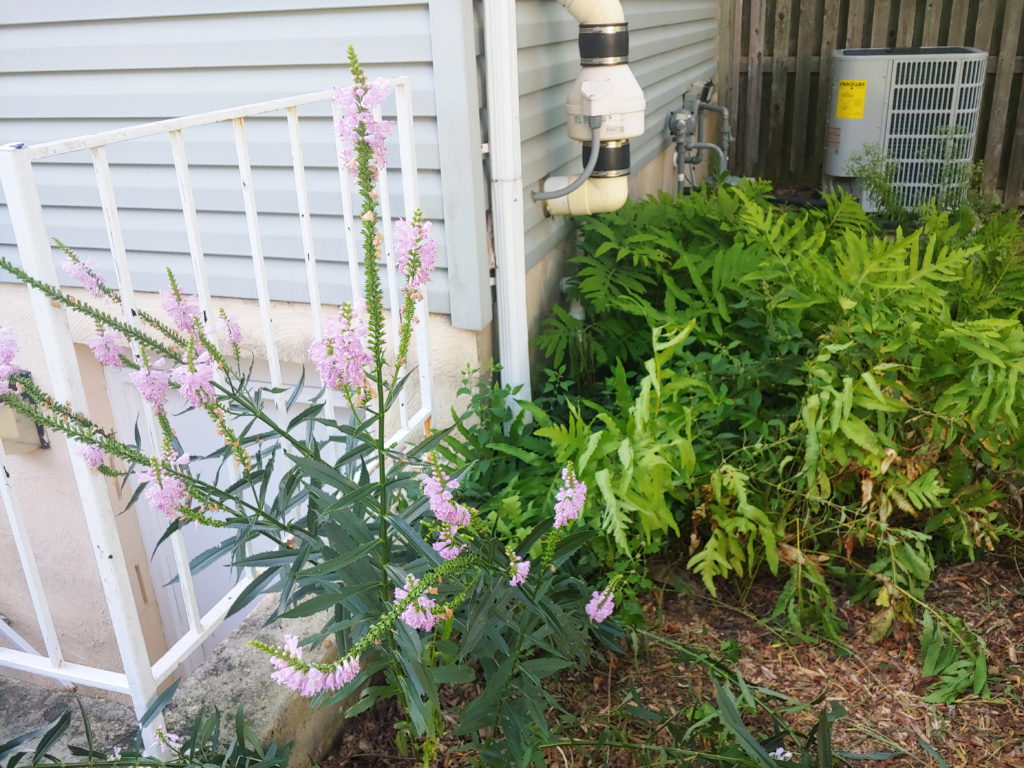
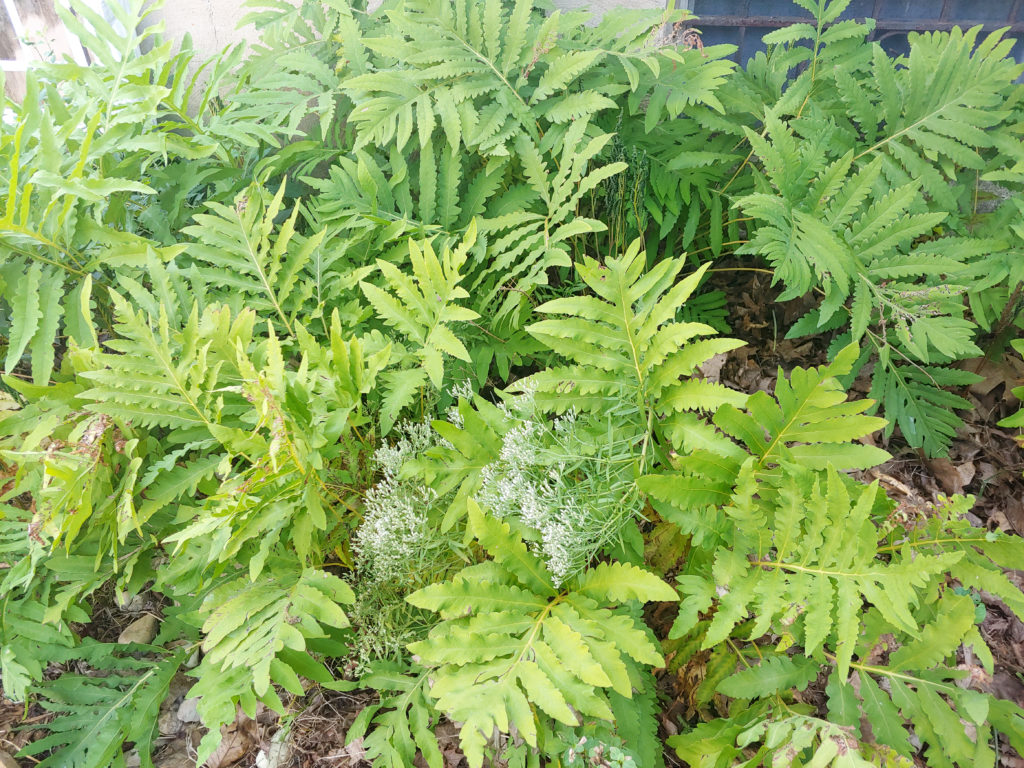
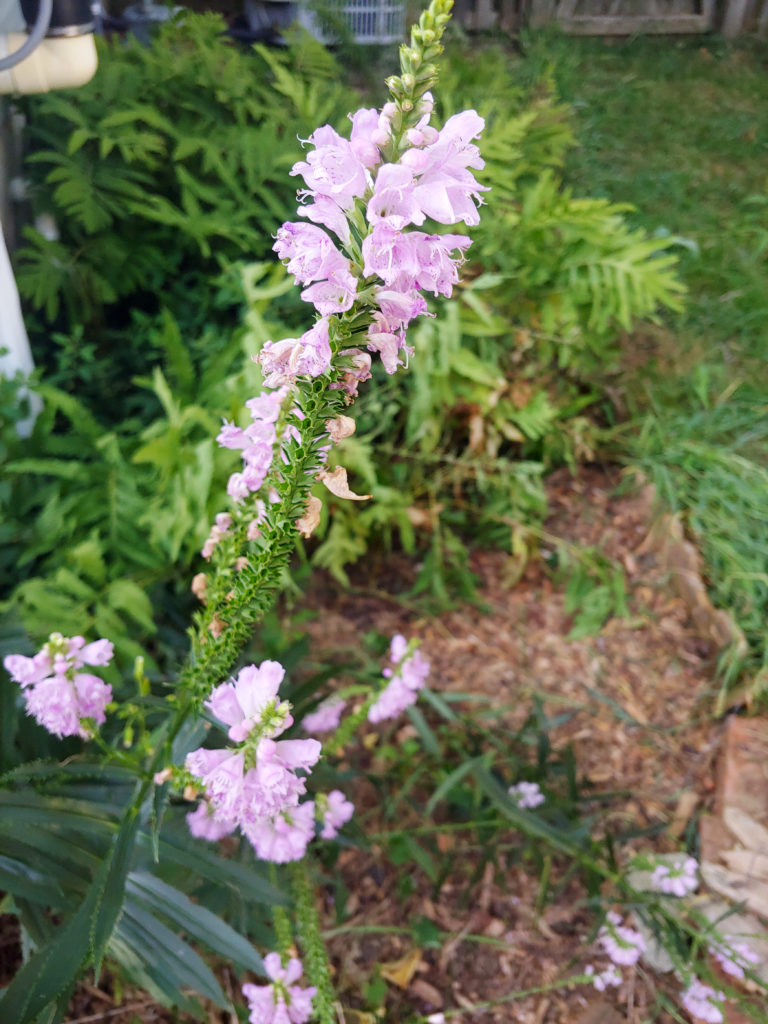
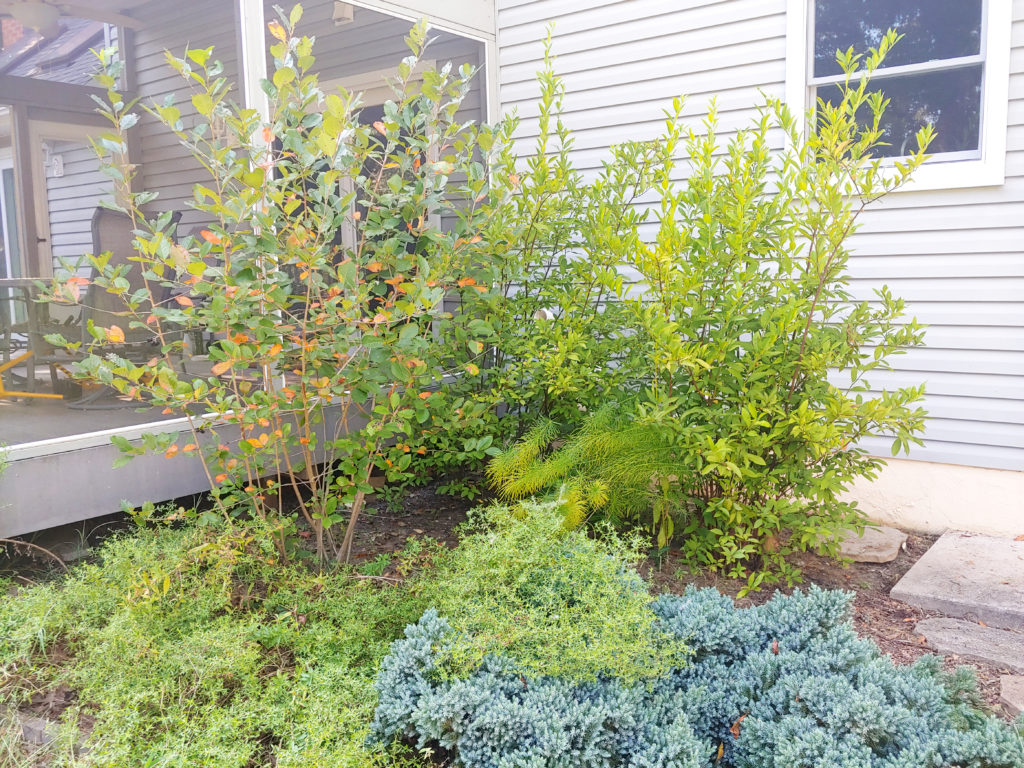
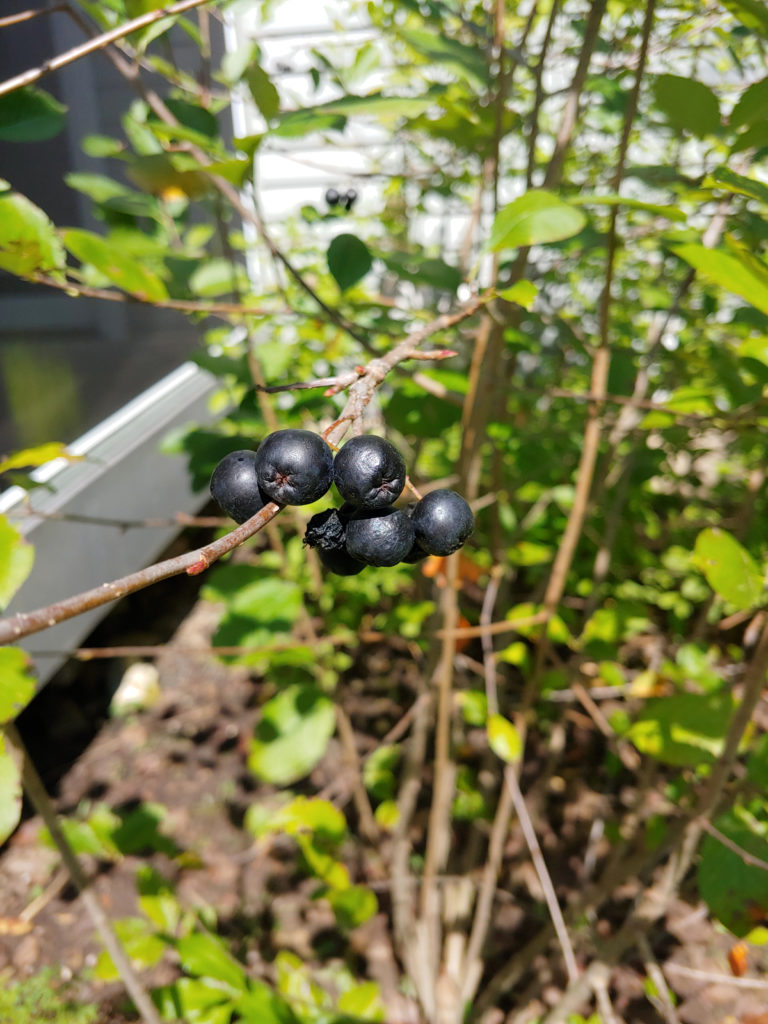
Max, Project Manager
“My garden has been a 4-year work in progress. When I bought the house, the garden was scrub and weeds. I planted it with flowering herbaceous and shrub species to help our pollinator friends out and to try and have something blooming during the entire growing season.
This year I added a few more native bloomers to fill in gaps and they have done quite well. Next year I am going to plant a few more native flowering species for a little more diversity and color.
Two of my favorite outcomes from my garden have been IPM related [an environmentally friendly pest management solution]. Three years ago, I bought 100 ladybugs and distributed them among some spirea who get hit pretty hard by aphids in the spring. Aphid life cycles are aligned with late spring, when plants are preparing to bloom growing at a rapid rate, so an excess of these aphids can stunt or arrest growth, as well as promote plant disease. Luckily, ladybugs are natural predators of aphids. Over the next 3 years, I noticed an increasing number of ladybugs not only on the spirea, but all the plants in the garden. This year also notes the first time I have seen large praying mantis specimens, my favorite insect and something I had been trying to attract when originally selecting plant species.”
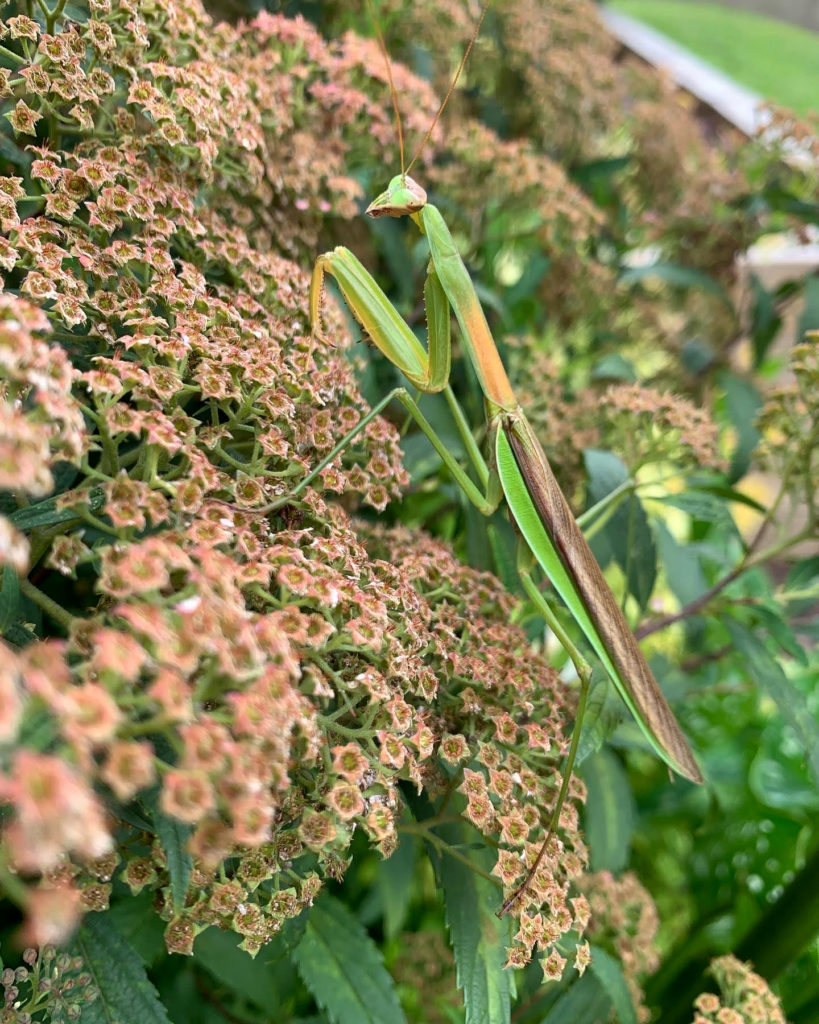
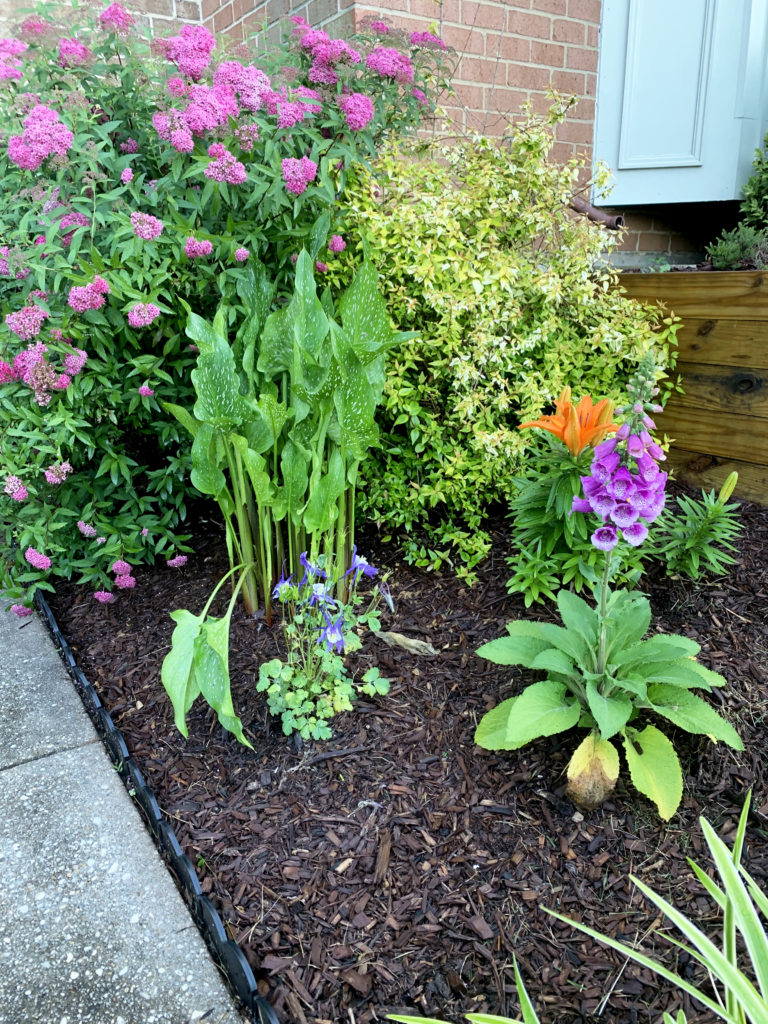
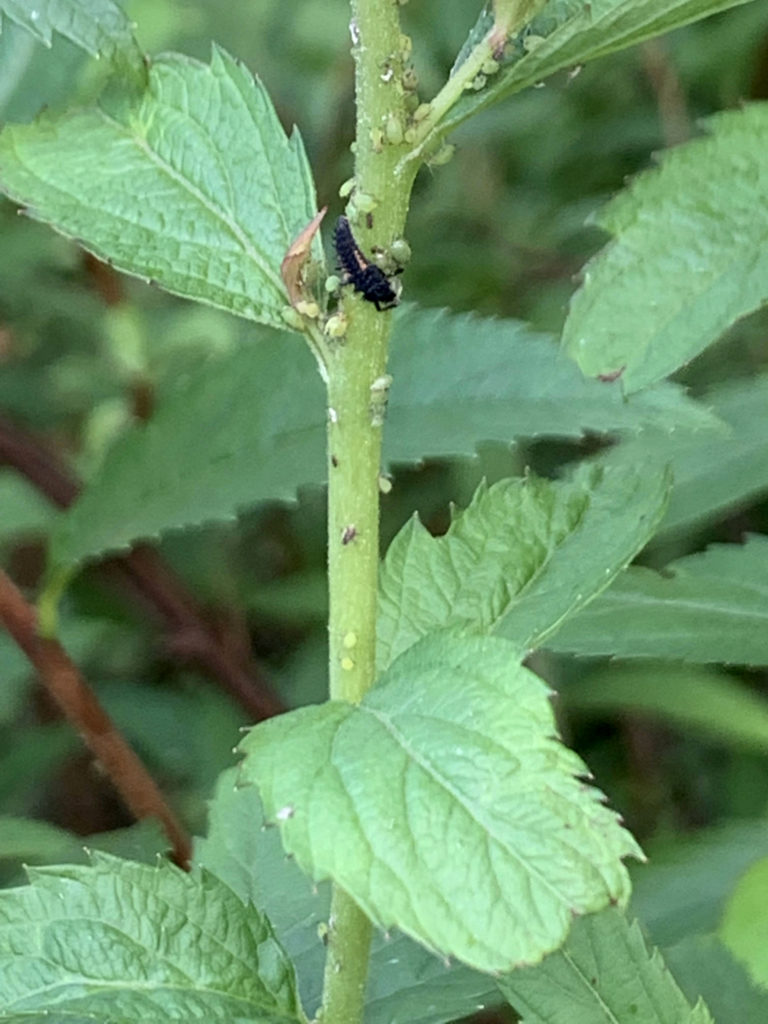
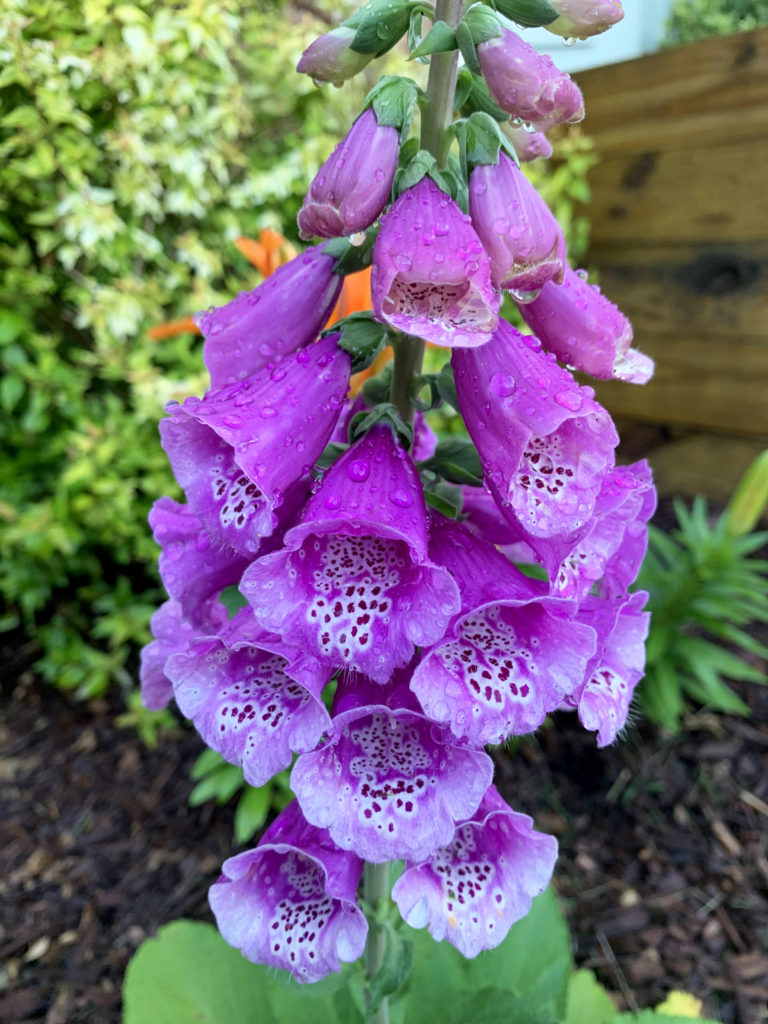
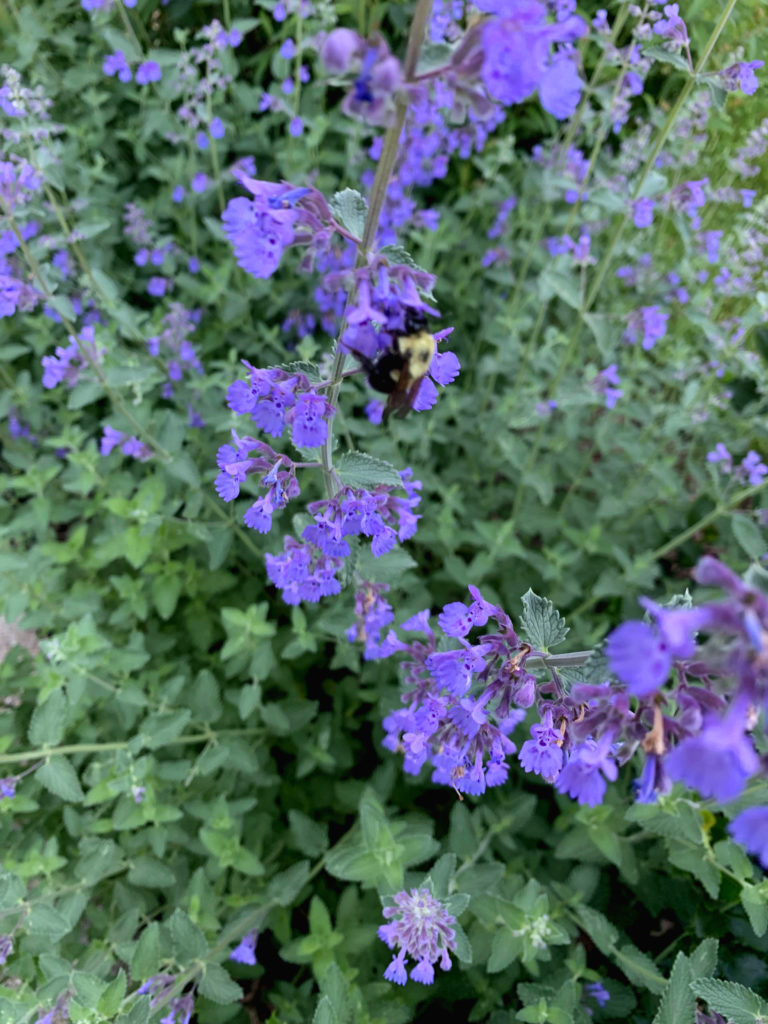
Pat, Vice President
“My garden is part of the Montgomery County RainScape program which includes landscape or design techniques that helps reduce stormwater runoff from individual properties.
The garden includes three discrete rain gardens which are shallow depressions that retain runoff and allow it to infiltrate. Each rain garden treats runoff from portions of the property.
Within and surrounding the rain gardens, there are a variety of beautiful flowers that attract pollinators. Some of them are in bloom now with others blooming later.”
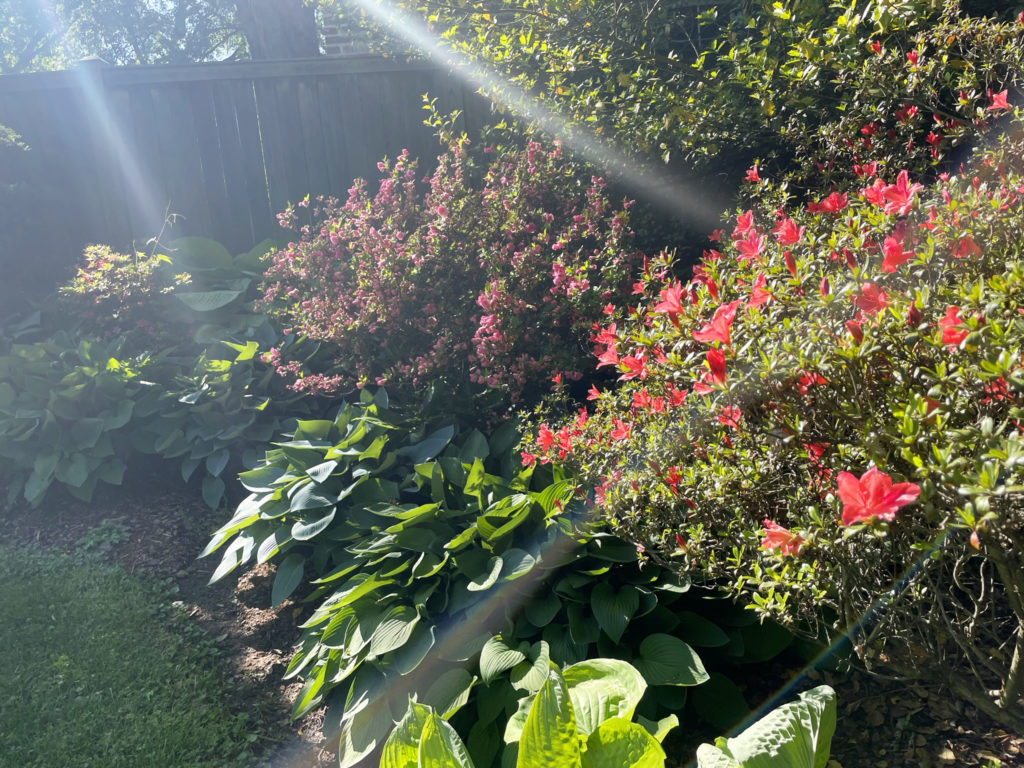
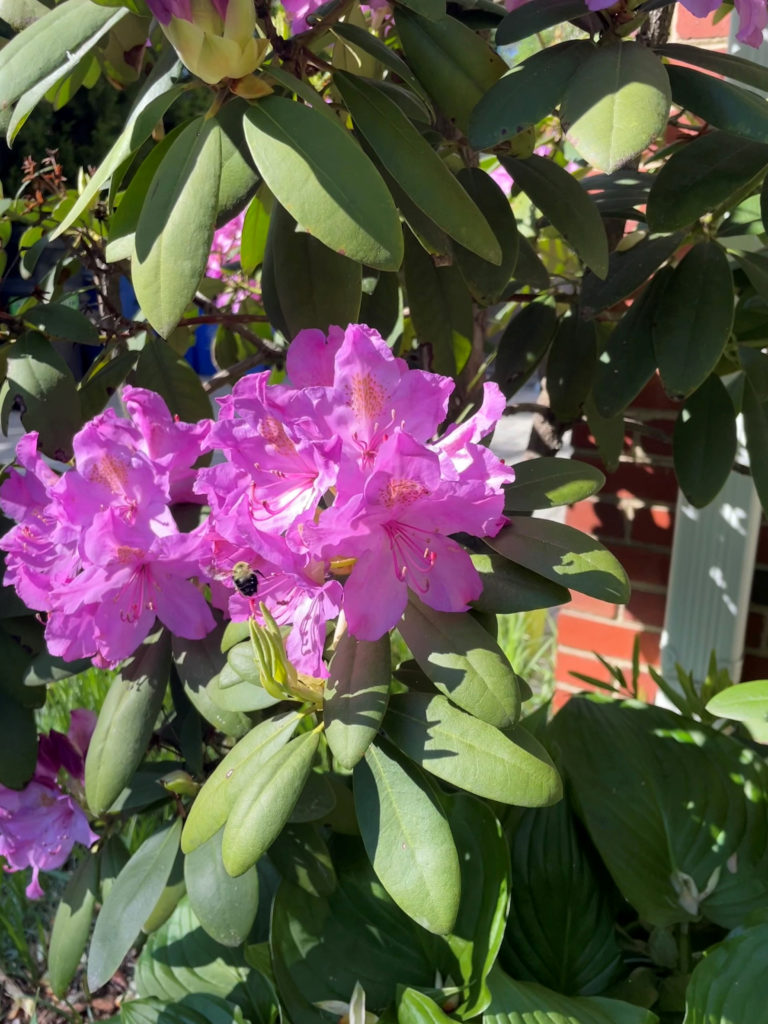
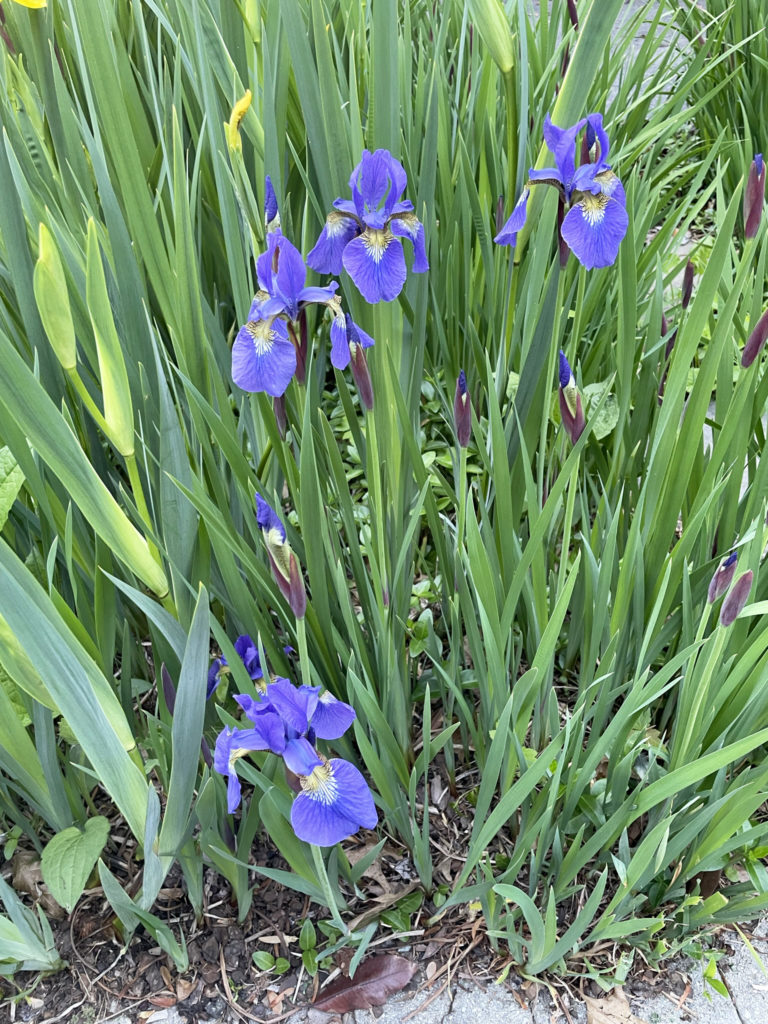
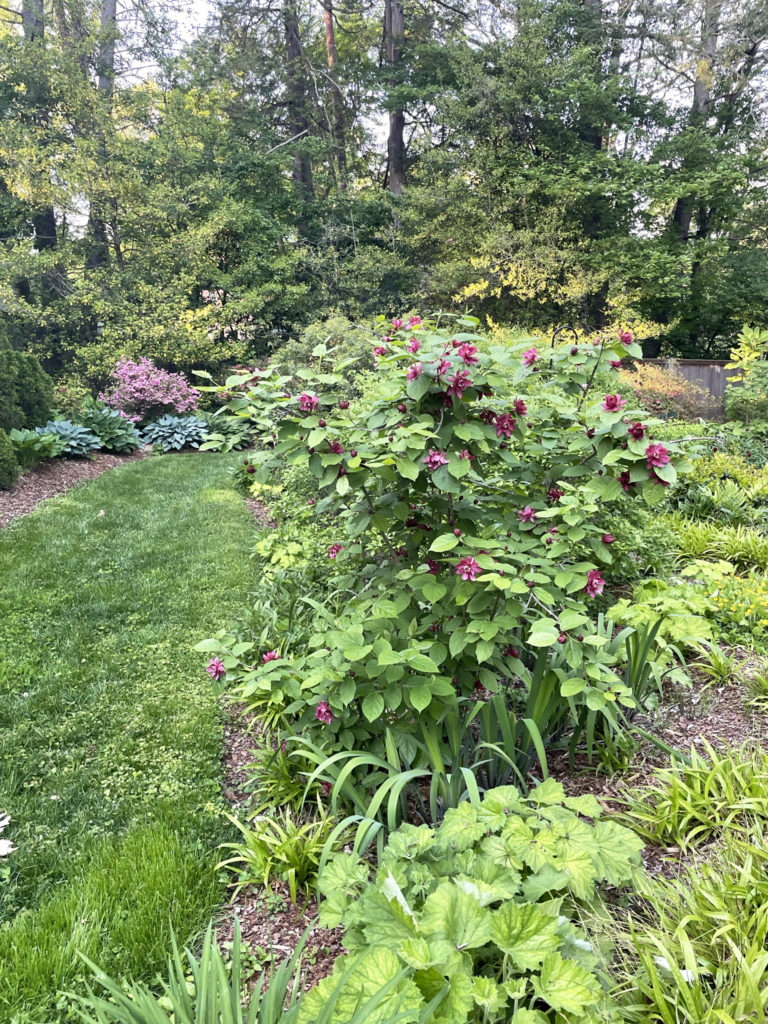
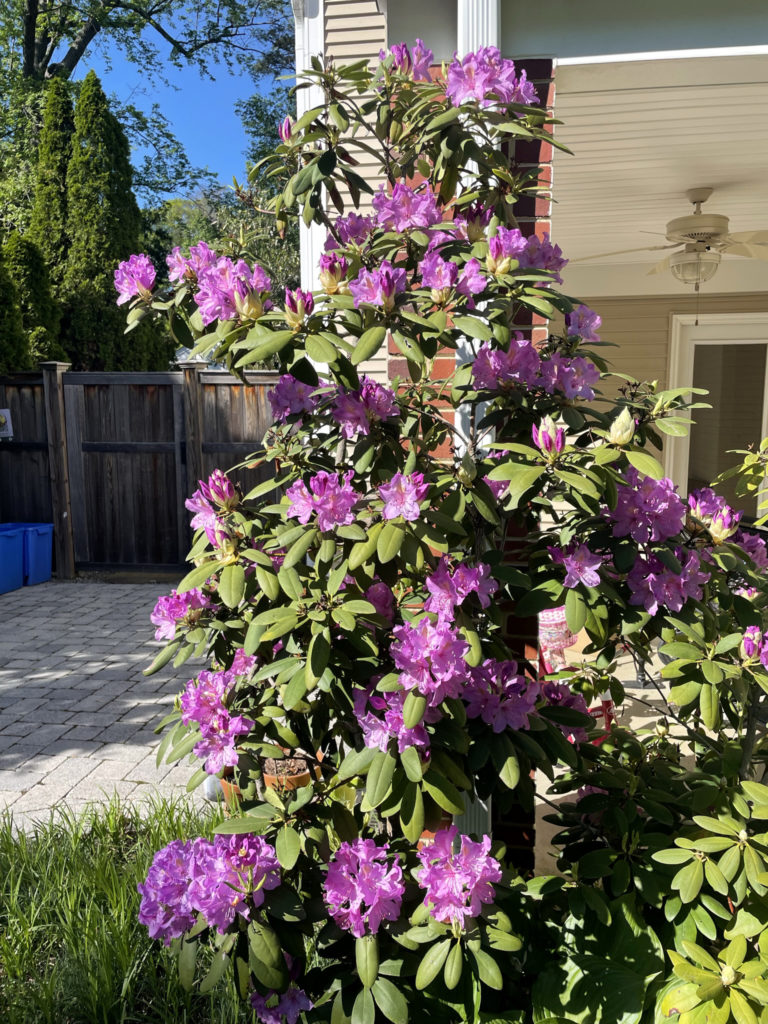
Home gardens are a fantastic way to help the ecology of your community. From planting native plants to help pollinators, improving water quality through stormwater management and other restoration approaches, to inspiring and educating the next generation of climate protectors, our gardens can not only be part of our environment but actively work to improve it!



